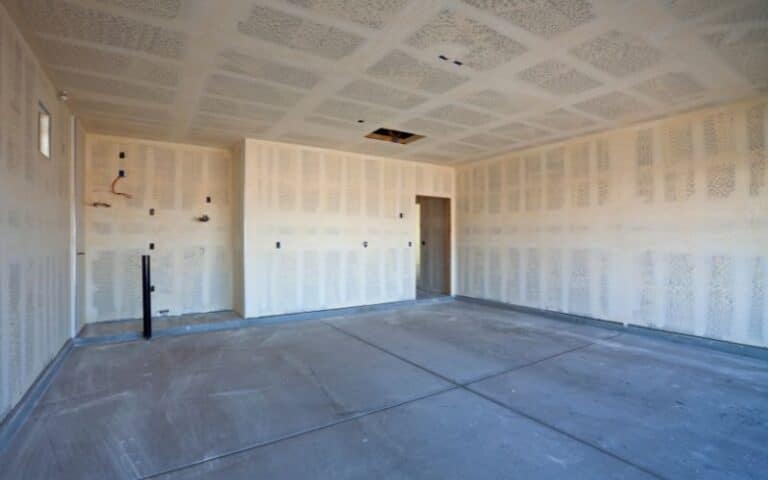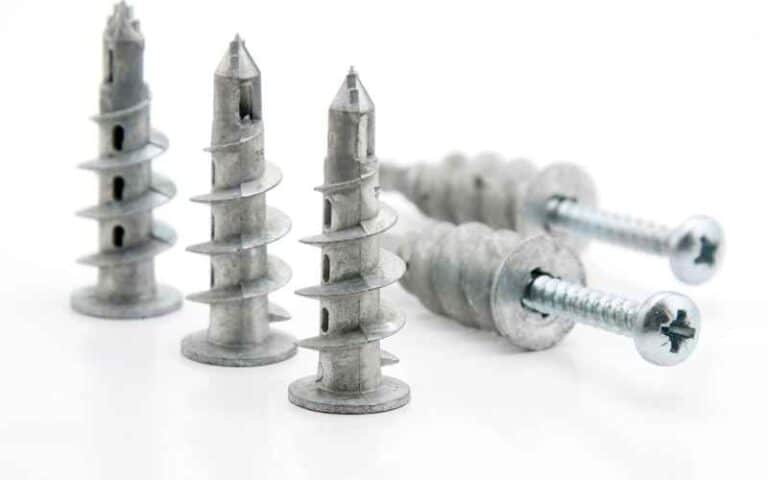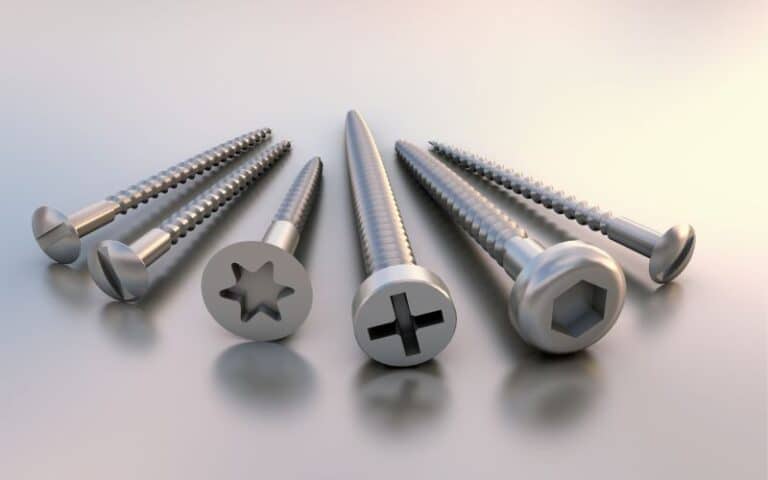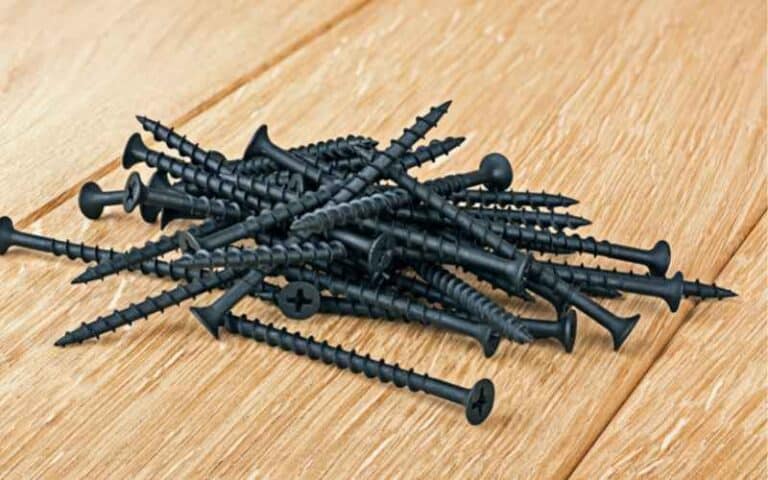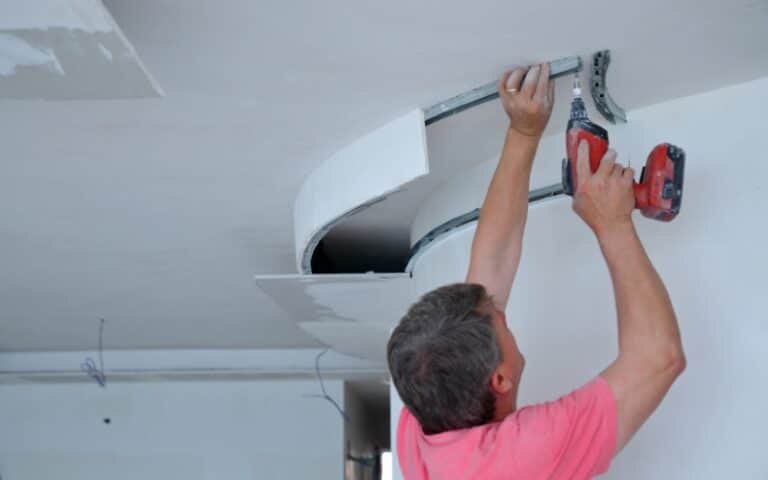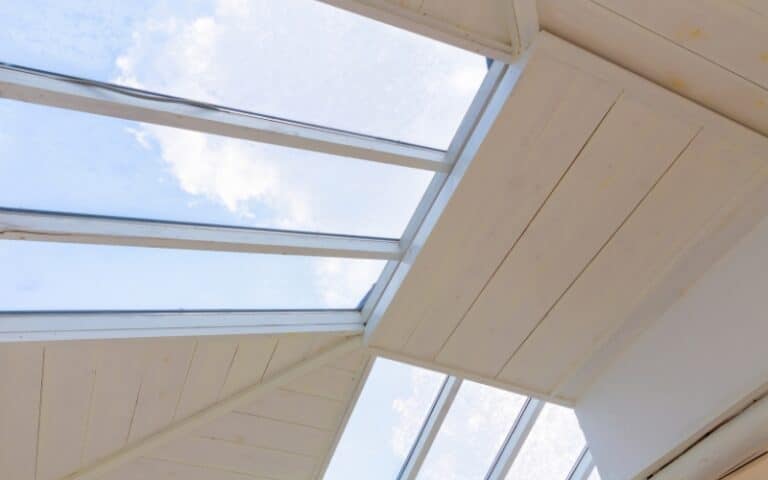Home improvement projects can be dangerous, particularly when done alone. Aside from being a non-professional, things can become especially difficult when you are near electrical work.
You may have some concerns regarding the safety of what you’re doing, such as whether or not the drywall you’re installing should come into contact with the ductwork.
You must position the drywall at a very clear distance from the ductwork. While installing ductwork, you should insulate it or leave a space of at least six inches (15.24 cm) between it and the wall. Otherwise, touching your walls could cause them to become heated. Also, if they touch, they will need to be replaced.
This piece will discuss key points concerning drywall, ductwork, and ventilation systems. So let’s get right on with it.
Ready for a Drywall Quiz?
How Much Clearance Does Drywall Need from Ductwork?
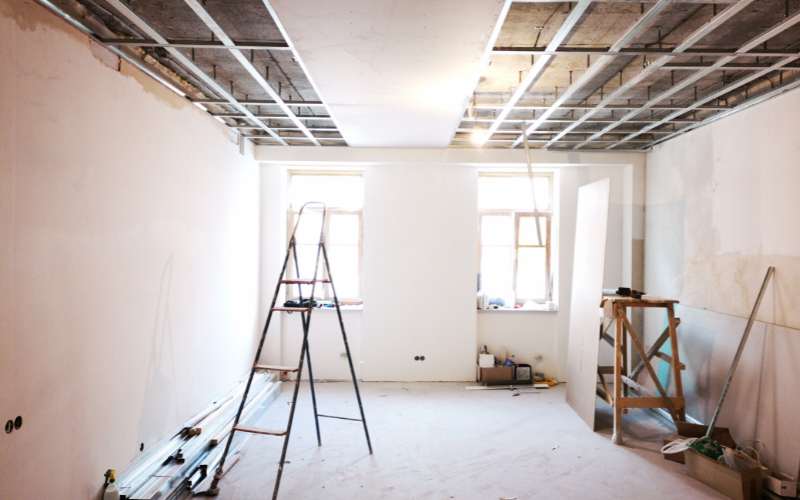
You should provide at least six inches (15.24 cm) of space between the ductwork and the drywall.
Putting drywall on your ductwork might cause the drywall to overheat. This action would also cause internal destruction of the ductwork when heated air enters it.
Improper insulation can further result in air leaks in the system. And doing so would be wasteful of resources, detrimental to the system, and ultimately require purchasing new components.
Even if you don’t plan on having insulation, provide some clearance space between the drywall and the ductwork to prevent the two from coming into contact.
Meanwhile, if you choose drywall with a thickness of 5/8 inch, it has a longer span, so you can often forgo framing underneath the duct.
To prevent the HVAC ducts from being damaged by the severe temperatures seen in a vented attic in a dry region, it is best to cover them in attic insulation.
Place the ductwork such that it is close to the roof and/or the truss lower chords. That can be done by doing it either vertically or horizontally.
In addition, you should allow for more than 450 mm of space between the floor and the finished ceiling.
Ducts often come before ceilings, so appropriate clearance is ensured by measuring the duct’s narrowest attribute against the completed floor.
What Happens If Your Drywall Touches Ductwork?
Putting up drywall to hide the ductwork in the basement might be satisfying. However, when attempting to sell a property, it is always beneficial to have a completed basement.
Additionally, it makes the space in your home much more habitable. But before you start putting up your drywall, you may want to seriously consider your idea.
Below is a list of what would happen if your drywall touches ductwork;
#1. It May Need a Replacement
If the drywall in your house was installed poorly, you might want to consider fully replacing it. This choice might be rather expensive, but it remains the best.
However, repairing insulation often necessitates cutting into the drywall, which may be expensive and necessitate the installation of new drywall.
If you already had a soffit made, you could also need to relocate it, another expense you’ll need to factor in.
If someone works on your drywall intending to cause damage to your AC system, they will waste a lot of time, and it will take even more time to repair the damage.
Depending on the damage to the ductwork, you may need to replace the ductwork and put in new insulation.
#2. Ductwork Insulation May Be Required
Isolating the pipes is not required but might be helpful in certain situations.
Heat can easily escape from the restricted areas around ductwork when the temperature outside is really low.
It is best to attempt to insulate the duct with fiberglass. Insulation is necessary due to the extreme cold and dampness of the surrounding environment.
However, there are several factors to consider when deciding whether or not insulation is needed. Of course, that highly depends on your home’s air duct placement and other considerations.
If necessary, you should insulate the attic for the ducts and walls. Insulation is required wherever a roof exists since you can expand attic space outside the home.
You should make this decision before installing the drywall since it will be simpler before the ducts are covered up.
Can Drywall Studs touch Ductwork?
There must be a clear gap between the drywall studs and the ductwork. Keeping the ductwork in good shape is important, so air can flow freely between them.
You can use modern, more efficient ways to permanently and securely join HVAC ducts.
You can put fiberglass on ducted heating systems; however, it must be done to prevent leaks from the pipes and condensation from forming.
The insulation must be applied tightly to the ducting so there are no apparent gaps.
Although a drywall solution is more pleasing to the eye, it does not require additional drywall installation around the ductwork system.
The floating of ductwork is usually considered safe. In addition, you need to check that it has no rough edges or large gaps pests can squeeze through.
While it could look better with anything over it, there is no need to conceal or put ductwork into your house behind walls.
Does Drywall Over Ductwork Affect Insulation?
Drywall over ductwork affects insulation positively rather than negatively.
As hot air travels via ducts to colder sections or cool air goes to the warmer areas, condensation can form within or on the duct system. This phenomenon describes duct sweating.
The presence of mold or pools of water on the floor might lead to trips and falls where there is poor ventilation.
Walls and ceilings can also be damaged by water that builds up on drywall and other similar surfaces.
The accumulation of condensation in your ducts is something that insulation can help you avoid.
You should insulate the ductwork in a building’s HVAC system if it passes through unheated regions or cavities, such as attics or garages.
You can do this by wrapping the ducts with duct wrap that is about 25 millimeters thick.
You should insulate ventilation ducts to save you money and provide a positive impact on the environment.
On the other hand, the cost of insulating ductwork varies a lot depending on the type and amount of insulation you need.
How sophisticated the ductwork is also has an impact on duct insulation costs. Naturally, the duct system will be more intricate in a bigger structure.
Covering more ground means you’ll spend more money on the setup.
Ducts often need to be insulated in the attic or crawlspace, so contractors will probably need a duck to fit between the floor and ceiling.
The installation cost is also impacted by the ease with which your ducts can be accessed and the labor rate in your region.
Even though duct wrap and duct insulation boards last long periods, they won’t stop heat loss if the duct itself is damaged or has a hole.
Therefore, maintaining your H&V system regularly, particularly if your H&V equipment is used regularly, is a great way to keep your energy usage at a minimum.
Regular Drywall Chart
| Thickness | Use | Max Framing Spacing |
|---|---|---|
| ⅝ inches | For walls and ceilings | 24 in. o.c; 16 in. o.c (If textured or hung parallel to ceiling joist) |
| ½ inches | For walls and ceilings | 24 in. o.c; 16 in. o.c (If textured or hung parallel to ceiling joist) |
| ⅜ inches | Remodeling walls | 16 in. o.c |
| ¼ inches | Remodeling of curved or solid surfaces | 16 in. o.c as a double or single layer over a solid surface |

